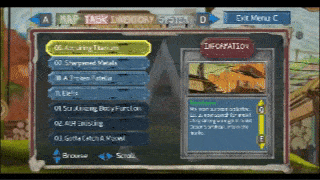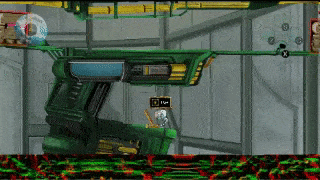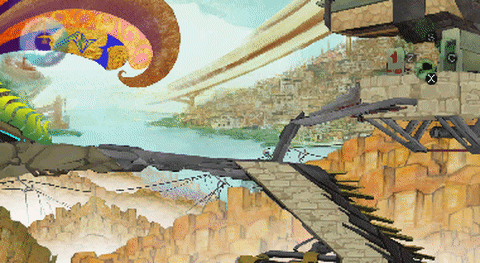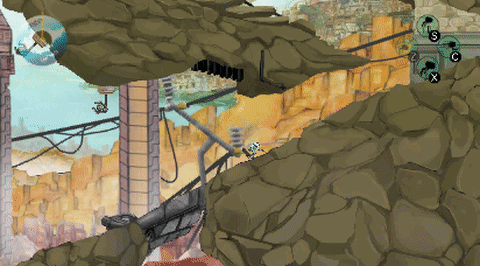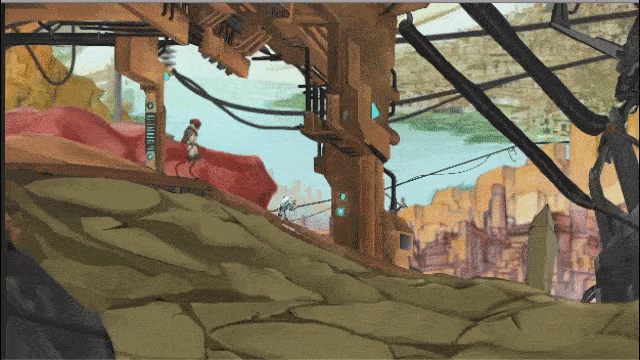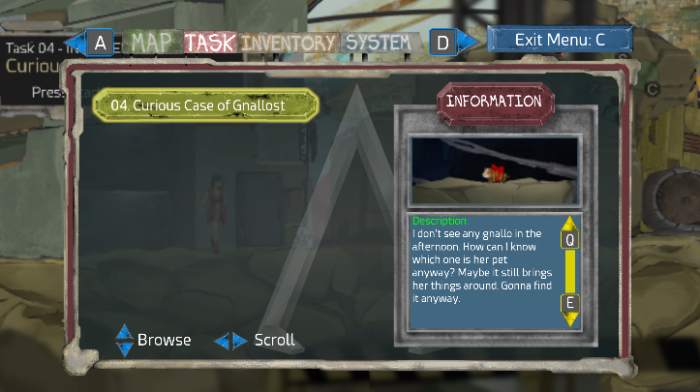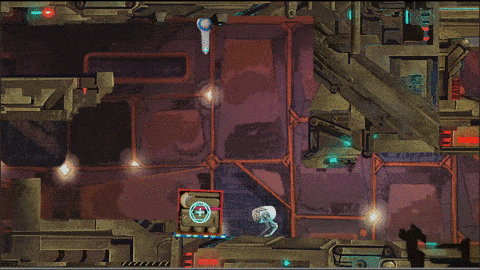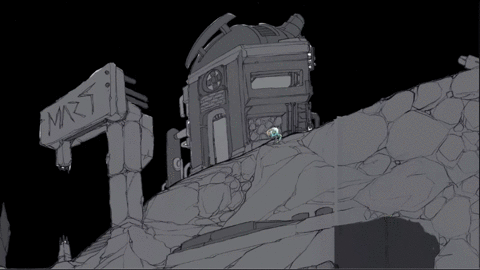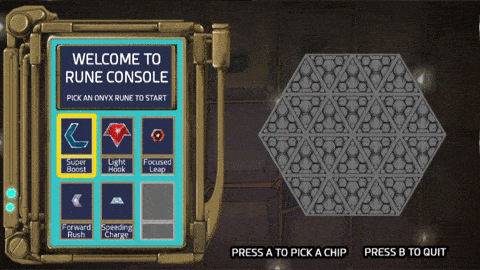My goodness, there you are! You see, I’ve been buried in this pile of codes ever since the last devlog post, and I just barely have the chance to write this one!
Umm, where do I start? Oh well, I’m Chalcedony, and here is the 42nd entry for this devlog series. It might as well be my last chance to write, and hence the title. This will be the story of preparations towards the ending of this project.
Let’s start… Or not. Heheheh.
There is an interesting trivia about the number 42 to be the answer of life, universe, and everything. Others view it as death – the end. It’s up to you to interpret it your own way, but hopefully this entry, the 42nd, will provide you with some answers… Or not. Oh right, back to topic! Ending, from a coder’s perspective.
It is the time where every other members from the team flood you with their not-so-final creation. Yeah, nothing can ever be treated as final, as revisions pop out every day, hour, second, even millisecond.
Picted below is one in-game footage, after and before some lovely revisions… Or not.

Little changes are more often than not, jeopardize your code structure, if they are numerous and are done near the end of the development process. The addition of many if-elses is killing you. We have a couple of instances where some objects only appear at a specific time and place (and aren’t used in any other occasions). We have a dedicated folder containing local script object for those things, just to avoid massive lines of ifs.

Events that are tightly tied to time also serve as a genuine hassle when changes occurred. Mistimed jumps, stuck in closing door, you name it.
Ending sequence is constantly changing and therefore is a total time waster :(. The team made me swear not to post any spoilers here, so sorry, no more asking, and no, no screenshot nor gifs for you… Or not.
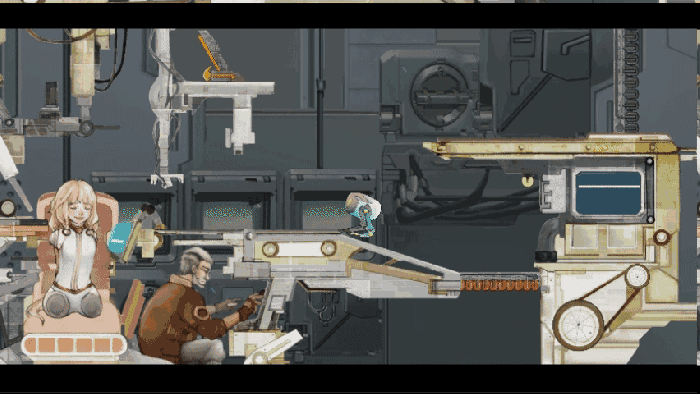
Now you would think that, after applying all changes, we would just hit the build button, and everything should be okay… or not? Well, we still have to do the testing, assuring this game can run on most computers, et cetera. We have seen cases where people complained about this game crashing after the first screen. Weird, as it runs perfectly on our machines. This is one of the harder case of bugs, and sometimes we decide that sometimes, you just have to use a better computer for games.

Done checking (internally)! The next step is to distribute the executable to some secretly picked testers, for the final input for the game. We just need upload the game, and… Hey, look at the size! At the moment, our build is 2.56 GB, waaay above our expectations of how big this game should be. Zipping could reduce it to 357 MB though.
It is possible to check on what is bloating the size of your project in Unity. The editor log gives you a pointer in it. And in our case, guess what, the textures are totally dominating the build, by a whopping 97.0%!
Not all hope is lost, though. Unity also has the option to compress texture size – crunched texture the name. The upside is, crunching effectively drop the texture size to about 25% of its original size, with almost no noticeable loss of quality! The downside is, crunching takes a huuuge amount of time, and only textures with specific size could be crunched (must be 2^n or 100 * n, to be exact). And the worst part is, it is not even documented! It is recommended to write a script that selectively crunch your assets (you can do it manually, in exchange for your sanity), and let unity do its work while you party on… Or not.

Great! It’s finished and ready to be served! Or not. In reality, we are still struggling with constant changes, and haven’t reached this state yet. Hopefully this madness will soon reach its end! Yeah, that’s it, that’s all, guys! Tune in this channel weekly for more updates! See you around!
Still here? Okay… here’s some statistics as of 18th June.
– Build size: 2.56 GB.
– Project size: 13.8 GB
– script files in project: 400 items
– texture files in project: 5804 items
– audio files in project: 134 items
– script size in build : 1.0 MB (0.0%)
– texture size in build : 2521.6 MB (97.0%)
– audio size in build : 55.1 MB (2.1%)
Note that this will definitely change in the released version… Or not. Heheheh.
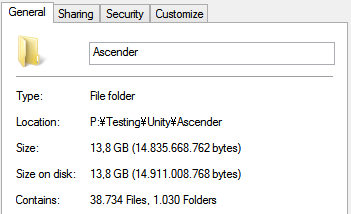
I’m outta here – Chalcedony





